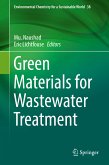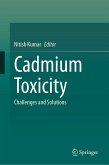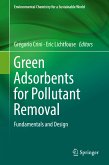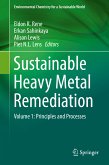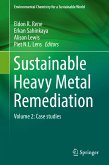Divided into 14 chapters, the book addresses topics such as bioremediation using microorganisms and natural plant-based systems, integrated bioremediation technologies, and the application of nanotechnology for enhanced efficiency and affordability. It also outlines the development and use of low-cost adsorptive materials and sustainable adsorbents, providing a comprehensive overview of their strengths, limitations, and future prospects. With a focus on both developed and developing countries, the book examines the current state of arsenic removal methods, the challenges faced, and the innovative solutions being developed. It highlights the importance of building capacity and knowledge sharing for sustainable arsenic management.
This book is an essential resource for researchers, environmental scientists, engineers, and policymakers working in the fields of environmental science, water treatment, and public health. It equips readers with a detailed and up-to-date perspective on the technologies and strategies needed to effectively mitigate arsenic pollution.
Dieser Download kann aus rechtlichen Gründen nur mit Rechnungsadresse in A, B, BG, CY, CZ, D, DK, EW, E, FIN, F, GR, HR, H, IRL, I, LT, L, LR, M, NL, PL, P, R, S, SLO, SK ausgeliefert werden.




